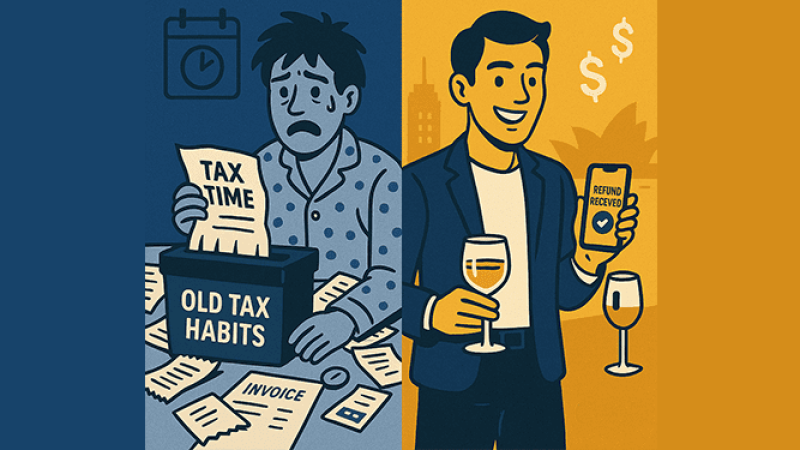Interest rates are currently falling —but what rises every year? The price of your morning coffee.
With the average flat white now tipping over $5 across Australia, homeowners could soon find themselves with the equivalent of an extra coffee a day back in their wallets, thanks to reduced mortgage repayments. It’s tempting to spend it. But as financial planners, we want you to think longer-term.
What if you could use that “coffee money” to fast-track your financial goals instead?
What a Rate Cut Could Mean for You
Let’s say you’ve got a $400,000 mortgage over 25 years at 6.5% p.a. Your repayments today are roughly $2,701 per month.
If your rate drops to 6%, that repayment falls to $2,577 per month—a saving of $124/month, or nearly $1,500 a year.
That’s one coffee a day, plus a cheeky muffin on Sundays. But used wisely, that $124/month could shave years off your loan or generate thousands in investment gains over time.
Option 1: Keep Paying Your Current Repayments
The easiest—and often most effective—strategy is to keep repayments the same after the rate cut.
Stick with your $2,701/month repayment and you could:
- Pay off your loan almost 2.5 years earlier
- Save thousands in long-term interest
- Build equity faster, giving you more financial flexibility
- Create peace of mind through reduced debt
It’s a simple behavioural hack: you’re used to paying that amount—why not keep it going and let the savings work harder for you?
Option 2: Reinvest the Savings
Prefer to grow wealth rather than cut debt? That $124/month could be redirected into an investment portfolio.
Historically, the Australian share market has returned:
- 9.2% p.a. over 30 years (S&P/ASX All Ordinaries Total Return Index)
- 8.2% p.a. over the last decade
If you’d invested $124/month from 2014 to 2023, your $14,880 in contributions could have grown to $22,829—a gain of over $8,000 above the capital contributed.
Of course, investments aren’t guaranteed and markets can go up or down. But over time, investing could offer a more powerful return than simply saving money in the bank, or reducing debt.
So, Which Option Is Better?
There’s no one-size-fits-all answer. The best approach depends on:
- Your mortgage interest rate and remaining loan term
- Your appetite for investment risk
- Your short- and long-term goals
- Your current savings, debts, and cash flow
- And any tax implications that might apply (we’ll work with your accountant here)
If you’re risk-averse or nearing retirement, reducing debt may be your best bet. If you’re comfortable with market fluctuations and have time on your side, investing long term could be the smarter path.
Why Talk to a Financial Planner?
This is where financial advice shines.
At Fowler’s Group, we help:
- Model how different strategies impact their financial future
- Understand trade-offs between paying off debt vs. investing
- Set a plan that’s tailored to their goals, stage of life, and comfort with risk
We’re not here to tell you to stop buying coffee. But if lower rates are putting cash back in your pocket, we’ll help you make sure that money’s not wasted on autopilot.






